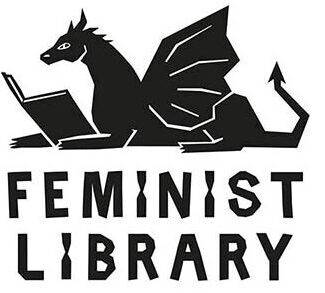Am I Normal Yet? by Holly Bourne
 ‘Am I Normal Yet?’ by Holly Bourne, Usborne Publishing, 2015
‘Am I Normal Yet?’ by Holly Bourne, Usborne Publishing, 2015
Review by Lorna Harrington
Primarily aimed at teenagers, this book covers all the usual topics we would associate with a young adult novel: alcohol, sex and relationships, to name but a few. What makes this book different and so important is its focus on mental health, in particular, obsessive compulsive disorder. This combined with themes of female friendship and feminism makes for an informative but engaging read.
Despite mental health being a problem for many teenagers, it appears few books tackle this subject. The title Am I Normal Yet? Is direct and relatable to young people, regardless of their situation. While many may consider mental health a difficult topic to speak about, let alone publish a novel on, this is what makes it so necessary. Books are a way of sharing experiences and an easy way to start a conversation.
The story follows sixteen year old Evie’s transition to college following her long term illness and how she copes with settling in and making new friends while undergoing therapy for O.C.D. Bourne makes Evie a relatable character to many teenage girls, with her interest in boys and relationships, her excitement about going on a first date and going to parties with her friends.
Feminism is a key part of the story with a real sense of sisterhood between Evie, Amber and Lottie, collectively known as the Spinster Club. As members of the club they regularly meet to discuss topics important to themselves, such as the portrayal of women in films, misogynistic language and body image.
Having a female writer and a female dominated story is vital, as mental health can often be gendered, with women being seen as ‘hysterical’, ‘crazy’ or ‘emotional’. Evie herself links mental health and gender together stating, “Being a woman, in this world, ultimately makes you crazy.”
Unfortunately, this gendering can often be problematic with certain conditions such as autism being stereotypically associated with men, leading to many undiagnosed women. The inclusion in the book of Olly, a male character who also has a mental health problem, shows that the illness has no gender. This is crucial, because a lot of men ignore emotional problems, which leads to high suicide rates among men, especially young men.
Mental Health is discussed in depth, looking at the symptoms of O.C.D., including an obsession with cleanliness and intrusive thoughts. Evie talks about her therapy sessions, medication and being hospitalised. This gives the reader an insight into her recovery process as well as what support is available to mental health suffers. Having a likeable and open character such as Evie, removes some of the shame and stigma around the illness. Seeing how her friends, family and therapist support her through this difficult time gives not only Evie hope and strength, but also the reader, by making them feel less alone.
Despite the seriousness of the topic, the book is easily accessible through the use of a chatty writing style and brief chapters. The text reflects Evie’s mental health with short sentences showing her racing mind. As well as this we see how intrusive O.C.D. can be with the prose being punctuated by ‘bad thoughts’. Through this the reader is able to step into Evie’s shoes and share the experience.
For those who aren’t young adults, the book still stands up, being funny and heart-warming and a reminder of those teenage years. The discussions of the Spinster Club reminds us how significant our relationships with other women are, and how talking about our experiences of sexism can be a form of activism in its own right.
